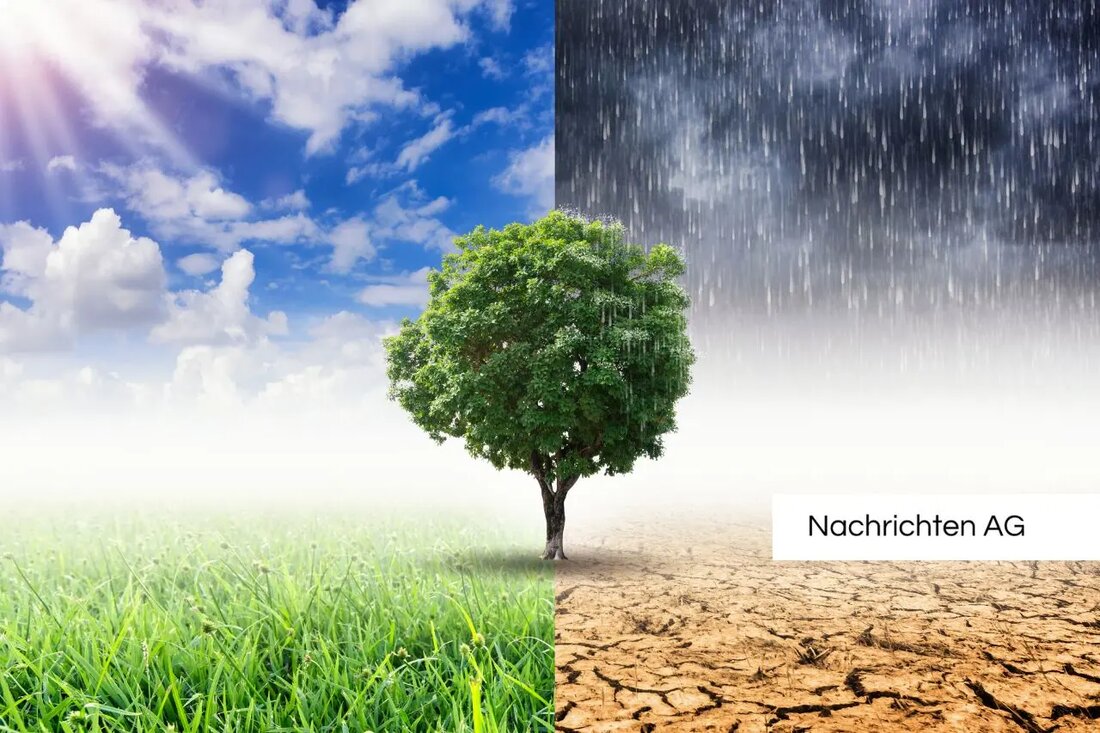Solar power meets agriculture: Future project starts in East Hesse!
Solar power meets agriculture: Future project starts in East Hesse!
in Maberzell, not far from Fulda, an innovative solar park with Agri-Photovoltaik is planned, which generates both renewable energy and enables agricultural use. This is the first AGRI PV project in East Hesse, which focuses on land use beyond pure electricity production. The solar park is built on the Schindgraben, directly on the railway line of the Vogelsbergbahn, on about 13 hectares. This corresponds to the size of around 18 soccer fields and could provide sufficient electricity for around 3,300 households.
The planned solar system has an output of around 10 megawatts and is expected to generate 11.5 million kilowatt hours of electricity annually. The solar modules that are upset to make space for plants are installed at an altitude of around 2.1 meters. Bio-Johannisberries are intended as the main culture of culture among the solar panels. The distance between the solar modules is over six meters, which promotes the efficient use of the area.
Advantages of Agri-Photovoltaic
agri-photovoltaic combines agricultural production with the production of renewable energy on the same area. According to the BMEL , this concept enables efficient use and can also reduce water consumption in agriculture. More than 85 percent of the area remain for agricultural use, which supports the diversification of income flows for the companies.
The state initiatives and funding aim to implement at least 50 percent of the addition of photovoltaic systems on roof areas, but the addition of open space systems on agricultural areas is also planned with a maximum net expansion of 80 GW by 2030. This shows the clear trend towards dual use of land, which corresponds to the needs of the agricultural businesses and the climate targets of the federal government.
The success of AGRI-PV does not only depend on the technical feasibility, but also on the acceptance among the population. An early citizen participation is crucial. City councilors in Fulda have already signaled their approval of the project, which could generate additional trade tax revenue for the municipality.
future developments and challenges
The land -use planning for the Solar Park in Maberzell is already running, and building law could be available in 2025. Construction starts in the first half of 2026 is in prospect. In a recent meeting of the building committee, the double use of the area, which enables both energy production and agricultural yields, was positively evaluated. This shows that the project not only makes economic sense, but also could make a contribution to increasing biodiversity.
In addition, another solar park with a electricity generation of around 8,000 megawatt hours per year is planned to 9.4 hectares in Kämmerzell. A citizens' solar park in Burghaun recently started operating, which underlines the growing role of solar technologies in the region.
The approach of Agri-Photovoltaic is becoming increasingly important because it not only contributes to the energy transition, but also strengthens the resilience of agricultural businesses. According to the experts in the Fraunhofer ISE , Agri-PV represents a promising connection between agricultural generation and renewable energy, the two sectors are good and thus contributes to the achievement of the climate goals.
| Details | |
|---|---|
| Quellen | |


Kommentare (0)